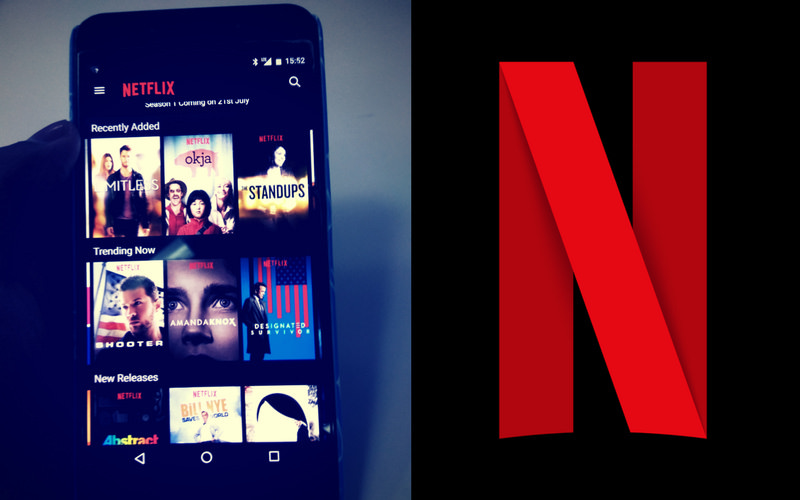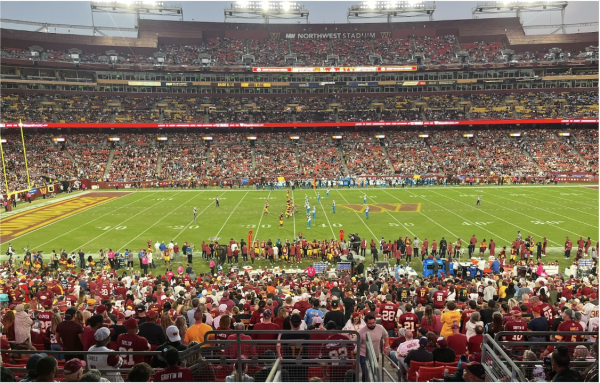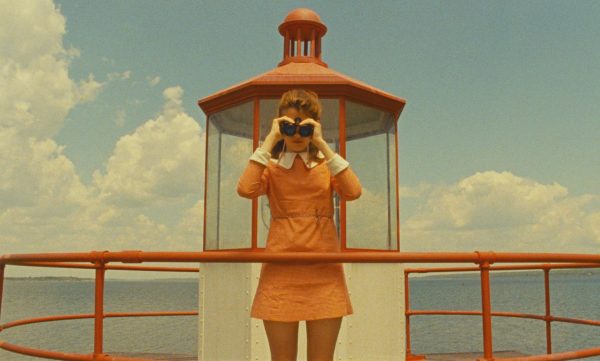Pulling the plug on cable: The rise of Netflix Originals
Netflix was founded in California in 1997 and is a streaming media provider based in the United States. Originally starting out as a small DVD-by-mail service in the U.S. and specializing in streaming media and video on demand, Netflix has had one of the largest company growths, considering its current popularity. With the performances of the many loved Netflix Originals, the network now takes the world by storm with a revenue of 11.69 billion USD, and averaging more than ten million monthly watchers, ending out 2017.
Netflix is considered one of the many powerhouse streaming networks along with Hulu, HBO and Amazon Prime Video. Although a fan favorite, it never seemed to possess the neoteric qualities it does today that grab the hearts of viewers, specifically younger ones.
“Netflix was like a fridge full of food that no one wanted to eat, because the featured shows and movies originally aired years ago,” freshman Thanos Zervos said. “Netflix Originals have given Netflix a much higher status because the shows and movies are seen for the first time.”
Before the debut of Netflix’s very first Netflix Original, House of Cards, in 2013, Netflix acquired their content from companies like Fox, AMC and Disney.
In the past with Netflix, the network would also get shows from different cable providers, then make additional seasons under Netflix’s ownerships such as Trailer Park Boys and Arrested Development. Although technically not a Netflix Original production, these added seasons proved to increase the appeal to viewers.
It was not until later when Netflix realized the success of the shows and started to mass produce their own, called Netflix Originals, that viewer count increased to the millions. “I feel the production of Netflix Originals is entirely responsible for Netflix’s modern day popularity,” sophomore Ella Taylor said. “Specifically shows like stranger things, Bloodline and Black Mirror have killed it for Netflix.”
Netflix Originals are shows or movies that were not previously aired on another cable network, but are seen for the very first time on Netflix. Although straight forward, the term “Netflix Original” contains multiple meanings that have sometimes caused confusion for users around the world discussing Netflix shows in online forums and across social media. The title of Netflix Originals in shows and movies might make viewers think that the network has been involved in production since day one, but that is not always the case.
Series such as Love, Santa Clarita Diet and Dear White People are examples of series that Netflix ordered and funded. Others, such as Stranger Things and Master of None, were created and then later sold to Netflix, and both types have seen great successes.
One thing that makes the ensemble of Netflix Originals so well liked is the fact that they are happy to give directors and show runners free-reign over their respective series’, leaving as little influence from the company as possible when it comes to how the show turns out. Storylines are told emulating the writer’s vision, and the constraint of fitting their show into a 45-minute TV time slot is removed. “The addition of Netflix Originals has made Netflix a more diverse place in terms of their content,” sophomore Zach Senkus said. “It’s not all sitcoms and outdated shows like how I used to see Netflix.”
With all of the recent success in Netflix due to these Originals, it is really no shocker that the company has already surpassed cable in terms of subscribers. Since the first Netflix Originals, the network has doubled its viewer base, adding 27 million subscribers. U.S. cable companies have approximately 48.61 million subscribers, while Netflix recently hit 50.85. million.
“It really does not surprise me that Netflix is getting in such a large amount of viewers because of their new shows,” sophomore Caroline Chappell said. “I think like most other people I know, cable is not really watched by teens as much as Netflix is nowadays.”
Although these numbers do not count minor cable networks, this would only amount to roughly 5 percent of total cable customers, still leaving Netflix king of the hill.











